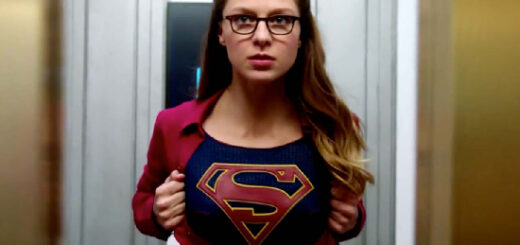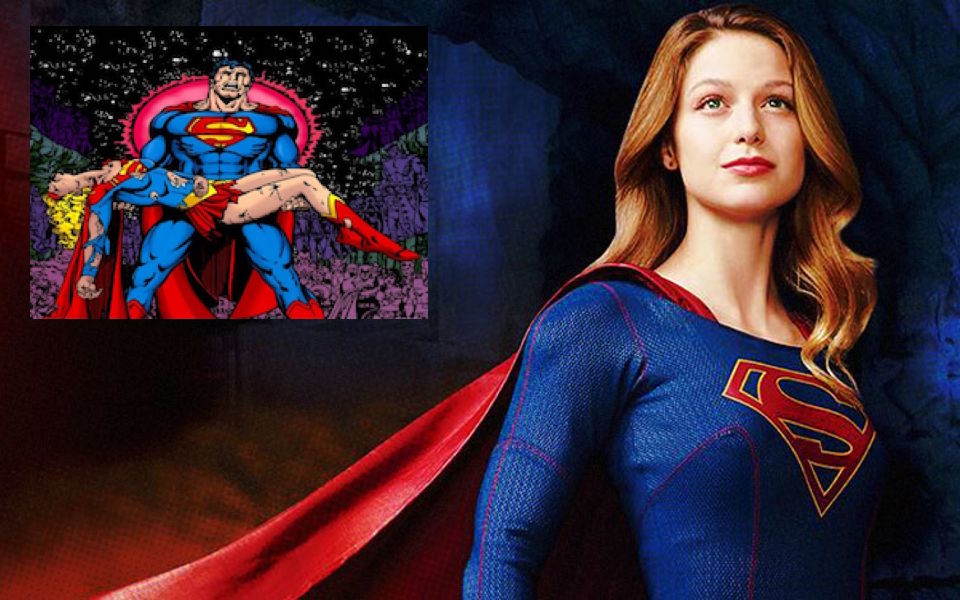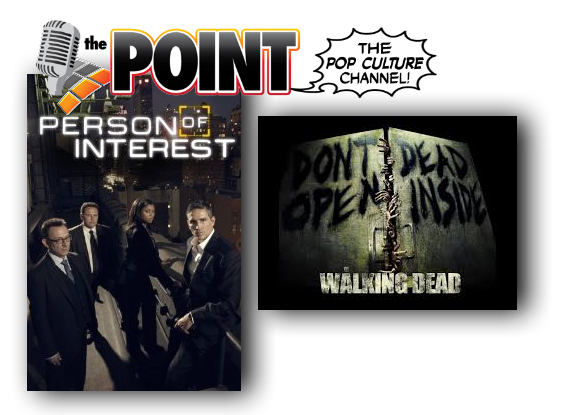Bob Ingersoll: The Law Is A Ass #404
THE SHOW WAS DUMB NO DOUBT ABOUT IT
I feel like staying far away from Civil War II this week. How far away? I’m not even writing about comic books. That far.
Doubt was another attempt to do a Shonda Rhimes style show without Shonda Rhimes. CBS tried to hedge its bets by having former Grey’s Anatomy Katherine Heigl headline Doubt. Did that help? Even less than her presence helped in her last show, State of Affairs. State of Affairs lasted 13 episodes. CBS pulled Doubt after only two episodes. Which is one more episode than I was able to last. Doubt was such a huge turkey it could have fed the Eight is Enough brood and still have had enough to give the Brady Bunch leftovers. But I digest.
Doubt told the story of Sadie Ellis, a high-priced New York City defense attorney who was defending Dr. William Brennan on a first-degree murder charge. The show was, as TV flack hacks like to put it, “ripped from the headlines.”
See, Dr. Brennan was a doctor, a pilot, and a the son of a US senator, who was accused of murdering his 16-year-old girlfriend back in 1993. So, this story is a mash-up of John F. Kennedy, Jr. (son of a senator and a pilot) and Michael Skakel (nephew of a different Kennedy senator who was accused of the 1975 murder of his 15-year-old girlfriend and convicted in 2002). The writers had to go to the library achieves to find whatever newspapers they ripped this15-year-old headline from. I understand that if Doubt had made it to a second season, instead of just a second episode, it was going to do a “ripped from the headlines” story based on Sacco and Vanzetti.
Dr. Brennan’s girlfriend was murdered back in 1993. We learned in a pretrial hearing that Dr. Brennan confessed to the murder to another student while they were in boarding school. And that the murder weapon disappeared in 2006 and hasn’t been found.
Ms. Ellis and her team thought their best chance to win the case was to suppress the statement. If that was their best shot, Dr. Brennan better start getting measured for his fashionable “The New Black” jumpsuit. Because the odds of them winning the suppression motion were even worse than the odds of my winning the Mega Millions and the Powerball. Three times.
The Fifth Amendment says that no one can be compelled to incriminate him or herself. Confessions are suppressed when they are obtained in violation this amendment because they are in some way coerced. All courts hold that if the government or one of its agents coerce the confession in some way it must be suppressed. That doesn’t apply here. Brennan gave his confession to another student, not the police.
Courts are split on whether a confession that was coerced by a private citizen should be suppressed. Some say any coerced confession should be suppressed. Others say only a confession that was coerced by the government should be suppressed. But, again, that doesn’t apply here.
Dr. Brennan’s statement was one that he gave voluntarily to another student while they were attending boarding school. There was no hint of coercion. And there is no split among the courts that a confession what was not coerced should not be suppressed.
Ms. Ellis could also have tried to suppress the evidence because it was a statement made by someone who was not in court and which is being offered to prove the truth of the matter asserted, i.e., that Dr. Brennan killed his girlfriend. You know, hearsay. Sadie didn’t even try that one.
When most states defined hearsay, the definition specifically excluded the statement of a party in the case that is contrary to the party’s position at trial — such as a confession by a defendant who pled not guilty would be. New York didn’t go that route. In New York, the statement of a party opponent is still hearsay. However, it is one of the exceptions to New York’s hearsay rule. So not hearsay or an exception to the hearsay rule, either way the confession would be admissible.
The judge quite correctly ruled that Dr. Brennan’s statement should not be suppressed. So the defense team’s best shot fired blanks. Then, just when things looked darkest for Dr. Brennan, they got worse. The police found the murder weapon.
Seems back in 2006 there was a fire in the 93rd Precinct and the evidence there was moved to the Staten Island police warehouse. Let me get this straight; the evidence was lost because the police forgot where they put it? That’s dubious at best and this show was never at its best.
Police have to keep track of what’s called the chain of custody on all evidence. They have to know where evidence is at all times so that when it’s offered in a trial, the police can establish that the evidence is actually what it purports to be and hasn’t been tampered with. Toward this end, evidence is kept in secure lockers and has to be signed out when someone wants to examine it. That way there’s a paper trial detailing where the evidence was at all times and who had it.
So when the police moved the evidence from the 93rd Precinct to the Staten Island warehouse, they would have made records of the move so that the evidence’s chain of custody could be maintained. The police would have known at all times where the murder weapon was and would have been able to put their hands on it anytime they wanted it.
Sadie tried to exclude the murder weapon. She argued to the judge that its chain of custody had been broken when it was lost in the warehouse. The prosecutor argued that a chain of custody breach goes to weight not admissibility. Wrong!
If the defense can establish that there was a break in the evidentiary chain of custody so that the evidence might not be what it purports to be or might have been tampered with, that means that the evidence is not admissible. Chain of custody arguments go to admissibility, not weight. Any prosecutor would know that; except, perhaps, the one who didn’t think to look in the police warehouse that all the other stuff from the 93rd Precinct was moved to after the fire.
And that’s what happened in the first episode of Doubt. I can’t tell you what happened in the second because I, like most of America, didn’t watch it. One episode was bad enough. I can only suffer so much for my art.







 I don’t know what the hell goes on in the minds of the CBS suits, or why the hell they are dragging their heels about Supergirl’s future.
I don’t know what the hell goes on in the minds of the CBS suits, or why the hell they are dragging their heels about Supergirl’s future.

















